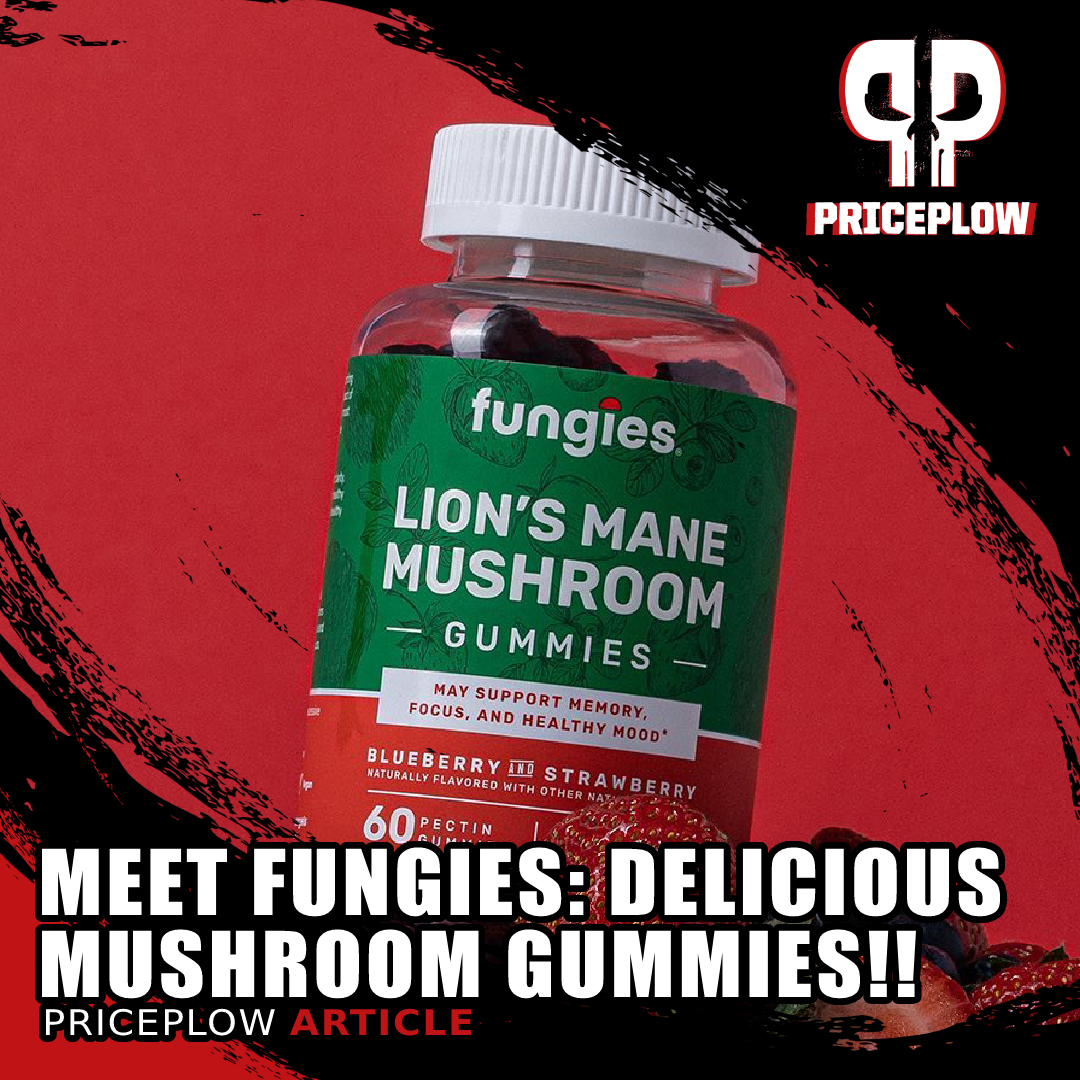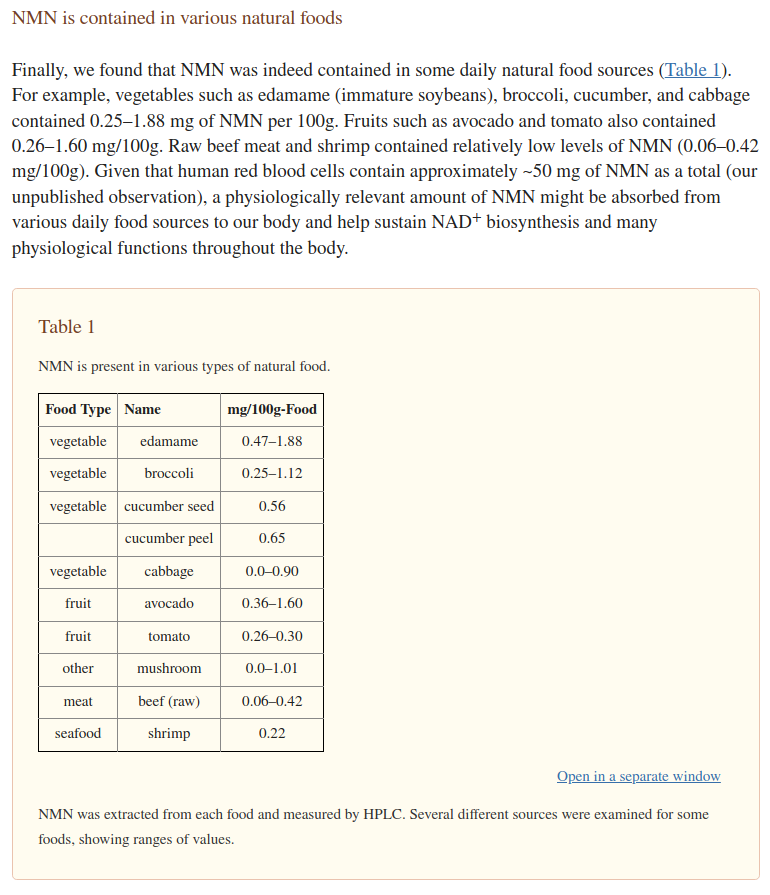SupplySide West 2022 has come and gone, but this year's annual trip to Las Vegas left a lasting impression. SupplySide West (SSW) is an annual industry trade show run by Informa Markets that gathers professionals across the supply chains of the dietary supplement ingredient and functional foods/beverages industries.
This trade show is best for catching up on trends and networking with the brightest minds in the supplement space. From ingredient developers to brand owners and formulators to industry lobbyists, SSW serves as a who's who of behind-the-scenes industry leaders.
SupplySide West: A leading indicator for supplement trends
Each year at SupplySide West, an astute eye can see the future begin to take shape, as new innovations and trends begin to spread while others dissipate. A great example over the past decade has been to simply monitor the number of CBD-related booths and watch them rise and fall -- SupplySide West served as a leading indicator of the trend.
But it's not just about booths on the expo floor - as industry thought leaders, our job is to shake hands, talk to influencers (including the ones you won't see on social media), and gauge what's the current "talk of the town".
The Top 5 Supplement Industry Trends seen at SupplySide West
So this year, we present the Top 5 industry trends that we captured at SSW 2022:
-
Doing more with less
If your company has touched any physical good the past couple of years, then you've certainly been affected by the supply chain disruptions. Every component added to your product brings added risk, whether due to pricing, availability, shipping, labor, or regulatory compliance.
In response, the industry's sharpest minds have approached numerous ways to reduce complexity and weight in their supply chains:
One of these fits in a stick pack, the other does not! With supply chains tightening up, and completely unpredictable fuel prices, brands are opting to do more with less.
- Lighter ingredients / stronger standardizations
- Bioavailability and absorption enhancement
- Reduction of ingredients with overlapping mechanisms of action
- Improved delivery systems
This topic came up frequently in our podcast with Nutrition21's Todd Spear and Katie Emerson, which was filmed on the SupplySide West showroom floor.
Inside, we asked questions like "Do we really need 8 grams of citrulline malate when 1.5 grams of Nitrosigine works the same, if not better?[1]" and "Why aren't more protein bars using Velositol if it can boost muscle protein synthesis and performance with lower doses of protein?[2]"
You can see one of these discussions in this clip posted to Instagram:
*Nutrition21 sponsored that podcast and this subsequent follow-up article.
Similarly, we've also discussed how dihydroberberine works better than berberine with less material.
The end of the mega-scoop formula?
A big conversation is whether the era of massive pre-workout supplement formulas with over 20 ingredients and 30 grams of net weight is coming to an end.
Supply chain difficulties are forcing us to make smarter decisions - and contract manufacturers and ingredient suppliers like Nutrition21 have caught this and responded by educating brands to work leaner. Just because formulas may become lighter doesn't mean they'll be inferior - especially when formulated more intelligently.
-
Mushrooms
Given the numerous and various benefits they can provide, mushrooms are a consistently hot topic in almost every niche of the industry -- especially for performance and immunity. We're still learning so much about our fungal friends: Each year, researchers find new constituents inside that drive their effects, such as beta-glucan chains and ergothioneine.
Fungies is well-posititioned with three of the trends on this page: mushrooms, gummies, and their Lion's Mane Mushroom variety is also nootropic
A regulatory question up for debate is what will happen to certain mushrooms that are currently illicit at the federal level. Several states are asserting their rights and legalizing more mushroom strains within their jurisdictions, but the FDA is still the prevailing federal agency. There may eventually be a showdown between the executive branch of the federal government, congress, and various states.
Will all mushrooms be treated as dietary supplements someday? It's a controversial topic that may heat up this decade.
-
Gummies
Gummy vitamins have been around for a long time, but there's definitely been a noticeable surge of growth across this space. A rising number of brands have some kind of gummy supplement, and they're no longer just marketed to parents of children.
Over the past year, we've even covered a couple of brands dedicated exclusively to gummies, namely CandyCan and Fungies. The latter of these is extremely well-positioned since they combine the mushroom trend with gummies, and still found a way to make them taste great.
The word is that the premier gummy manufacturers are so backlogged that they aren't taking new business, so this decade, we're expecting more investment into the infrastructure of this entire space. We'll also likely see ingredients that boost absorption and uptake of gummy supplements, which can't be dosed as efficaciously as powders.
-
Nootropics
The field of nootropics is nothing new, but continues to be a large growth area, especially for those actively competing or producing in this economy. It seems that we've reached a peak for certain pharmaceutical prescription approaches, as well as a potential peak in caffeine consumption.
PricePlow's Ben Kane was also on a Neutraceuticals World Webinar discussing the trends in gaming and gaming supplements
Researchers continue learning the connection between metabolic dysfunction, poor gut health, and mediocre cognitive outcomes. There are several underlying issues beyond metabolism and blood sugar control, however -- one is blood flow and circulation.
Meanwhile, gaming supplements continue to boom, advancing a large sub-niche in the nootropics market that may eventually become the predominant part of the entire category. Ingredients that are synergistic with caffeine, or allow us to use less caffeine, are a clear plus.
Gaming supplements have been taking over the nootropics niche. nooLVL is made for gamers, but we're even starting to see it in focus-driven / nootropic pre workout supplements so that everyone can enjoy these benefits!
Nutrition21's nooLVL continues to grow in popularity because it approaches cognitive function through nitric oxide and blood flow improvements - and is well-targeted in the gaming space due to its research on gamers playing modern games.
There's also crossover with the mushroom space mentioned above, with lion's mane being a popular nootropic mushroom that continues its growth trajectory.
-
Recent FDA actions on NAC and NMN
While not exactly a trend, it can't go without mentioning the number of times we discussed the FDA's recent skirmishes with the dietary supplement industry. Two major cases involve NAC (N-Acetyl Cysteine) and NMN (Nicotinamide Mononucleotide):
NAC
The Natural Products Association (NPA) recently beat the FDA back on their transgressions against NAC,[3,4] which has no safety issues and has been legally marketed and sold as a dietary supplement since before DSHEA 1994 was written and signed by Congress.[5,6]
The NPA demonstrated that NAC was within the legislative history of DSHEA 1994, and this evidence has kept NAC on the market, although the story may not be over yet.
NMN
The case of NMN is even more interesting, as the FDA recently stated that it cannot be marketed in dietary supplements due to an investigation as a pharmaceutical drug. This is despite the following facts:
An epic battle is brewing between the FDA and the dietary supplement industry over the legal status of NMN, which is found naturally in many foods we eat on a regular basis.[7]
- Multiple companies have received self-affirmed GRAS status (generally recognized as safe).
- The National Institutes of Health's (NIH) Office of Dietary Supplements own Dietary Supplement Label Database has over 30 dietary supplements listed on their own website that include NMN on the label.
- There are at least two patents that include NMN in supplements/food with priority dates dating before 2009.
- The pharmaceutical company that is attempting to have NMN retroactively pulled from the market in order to sell it as a drug has called it a supplement in their own research, as has their main spokesperson doctor.
- NMN is clearly within the definition of a dietary supplement ingredient per the spirit of DSHEA 1994, being a constituent of numerous botanicals that are present in the food supply, as well as being a metabolite of other legal dietary supplements.
- There are no known safety issues with NMN.
The FDA still has time to correct course on this decision, but regardless, we'll be covering this in greater detail shortly, and will provide citations to back up every bullet point listed above.
As with NAC, the NPA is actively involved.
Keeping a finger on the pulse
In summary, as dietary supplement ingredient specialists, SupplySide West is the best place to check the pulse on the industry, especially concerning the components that go into the supplements before they're in finished goods.
While we do our best to stay in constant communication with as many industry insiders as possible, there's nothing like an actual handshake to make it real. You can sign up for news updates on some of these topics below:








Comments and Discussion (Powered by the PricePlow Forum)